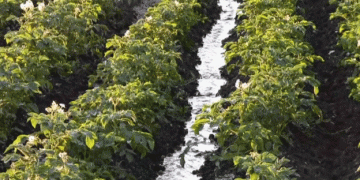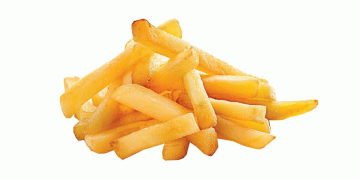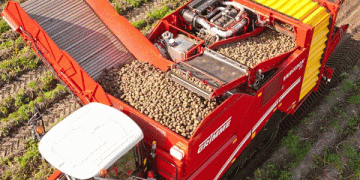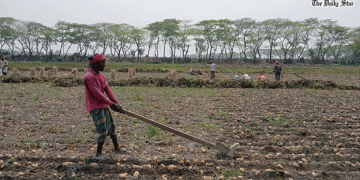#AlternariaSolani #PotatoCrops #TomatoCrops #FungalPathogen #PlantHygiene #Fungicides #Symptoms
Alternaria Solani is a fungal pathogen that can cause significant damage to potato and tomato crops. Learn about the symptoms of Alternaria Solani infection and how to identify them to prevent the spread of the disease.
Understanding Alternaria Solani Infection
Symptoms of Alternaria Solani Infection on Potato Crops
Symptoms of Alternaria Solani Infection on Tomato Crops
Alternaria Solani is a fungal pathogen that can cause significant damage to potato and tomato crops. This fungal pathogen thrives in warm and humid conditions, typically between 25-30 degrees Celsius, making it especially prevalent in areas with high temperatures and high relative humidity.
Symptoms of Alternaria Solani infection on potato crops include the appearance of large gray-brown spots on the lower leaves of the plants. Over time, these spots can spread to the upper leaves, causing them to dry out and die. The infection can also cause dark brown spots on the potatoes, which can lead to their decay and eventual loss.
Symptoms of Alternaria Solani infection on tomato crops include the appearance of small, dark spots on the leaves, stems, and fruit of the plant. The spots may also have a target-like appearance, with concentric rings of different colors. Over time, the spots can enlarge and cause the leaves to yellow and wilt, and the fruit to rot.
To prevent the spread of Alternaria Solani infection, it is essential to maintain proper plant hygiene, including regular pruning of diseased leaves and proper disposal of plant debris. Additionally, you can use fungicides to treat the infected plants and prevent further spread.
Don’t let Alternaria Solani infection destroy your potato and tomato crops. Be vigilant and take the necessary steps to identify and prevent the spread of this fungal pathogen.






